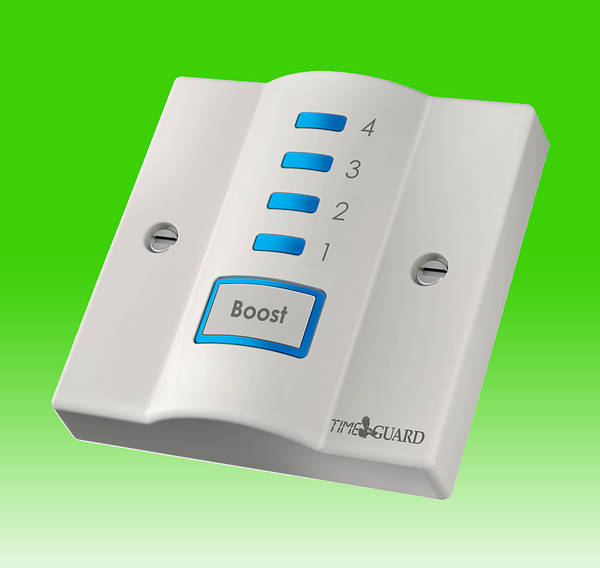That’s a good point John.
Op could fit a “sink bath” switch to swap between the 2 elements.
Ps I think mine is a 175l which is the last one before dual elements are fitted.
But mine is heated by gas most of the time. The element is rather slow!
Op could fit a “sink bath” switch to swap between the 2 elements.
Ps I think mine is a 175l which is the last one before dual elements are fitted.
But mine is heated by gas most of the time. The element is rather slow!


